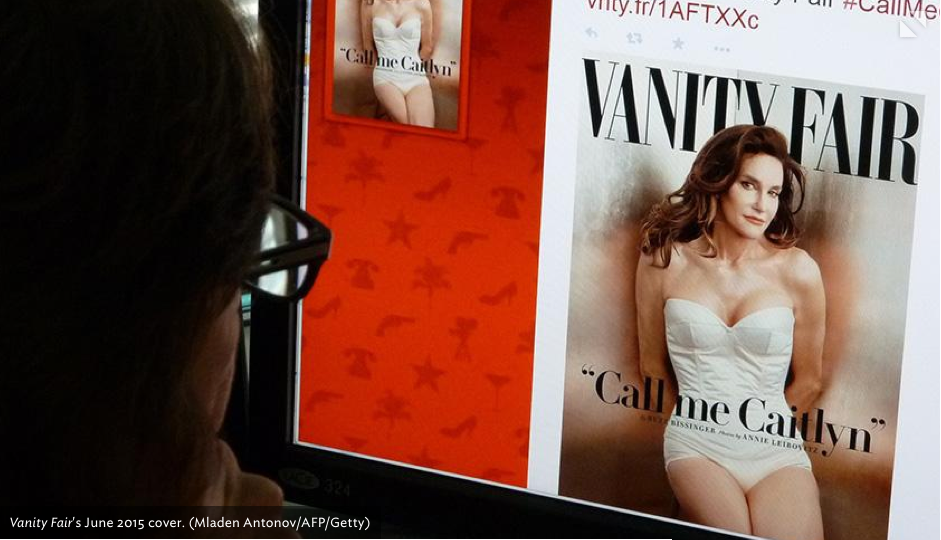A First Amendment that survived — and even thrived — during the darkest hours of World War II may begin to die a sad death at the hands of troubled transgenders and angry abortionists.
On January 9, 1942 — at a time when the fate of our nation hung in the balance — the West Virginia Board of Education passed a resolution intended to shore up patriotic fervor:
All teachers and pupils shall be required to participate in the salute honoring the Nation represented by the Flag; provided, however, that refusal to salute the Flag be regarded as an act of insubordination, and shall be dealt with accordingly.
While this resolution seems strange to modern eyes, it was passed in the middle of arguably the worst military crisis in the nation’s history. The U.S. Pacific Fleet lay in ruins in Pearl Harbor, U.S. forces were in headlong retreat across the Pacific theater, and 120,000 American and Filipino troops were trapped in the Bataan Peninsula — about to enter a living hell endured by few Americans before or since. In that terrifying time, patriotism was a matter of national survival.
Yet in the middle of war, a small group of Jehova’s Witnesses took perhaps the least popular political stand of all time: They refused to salute the flag and recite the Pledge of Allegiance. Expelled from school, they filed suit, and in 1943 the Supreme Court issued its ruling — at a time when the outcome of the war was still very much in doubt, and American casualties were mounting into the hundreds of thousands. Verdict: The students could not be compelled to speak state-mandated words. Indeed, if the First Amendment meant anything, it meant that the state could not compel those students to speak what they did not believe. The court’s words echo today:
Source: David French, http://www.nationalreview.com
 Listen Online
Listen Online Watch Online
Watch Online Find a Station in Your Area
Find a Station in Your Area








 Listen Now
Listen Now Watch Online
Watch Online
